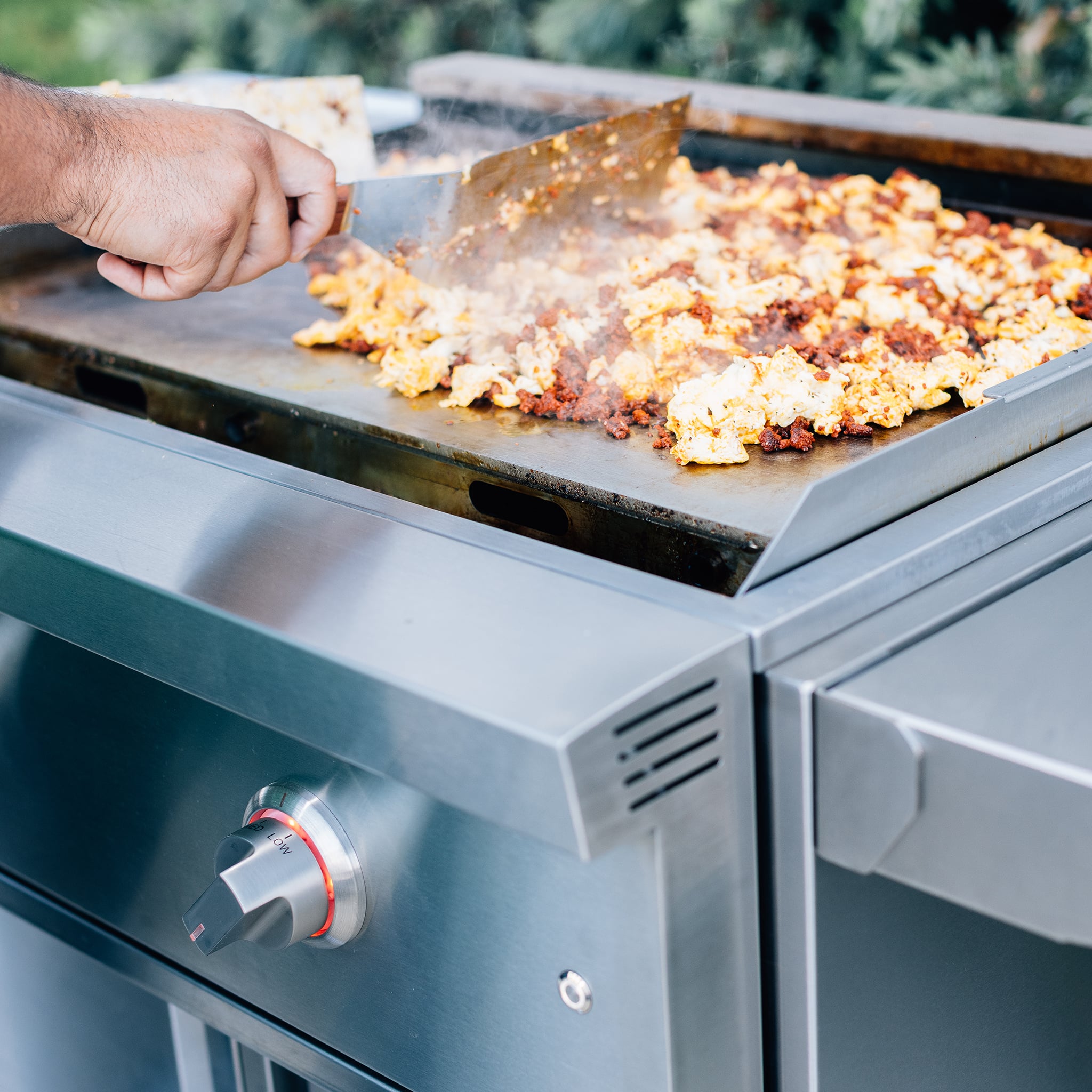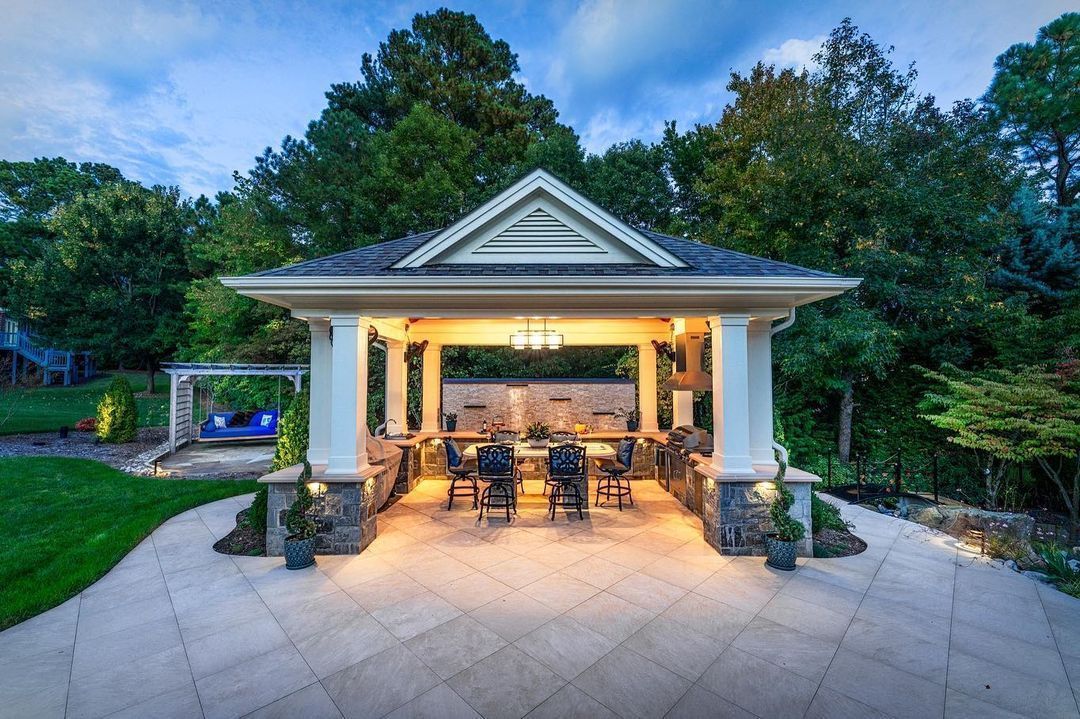It’s time to start planning your outdoor kitchen. You’ve been dreaming about it since last winter, and so you’re finally ready to invest in a new outdoor living space. What do you need to consider when selecting the location? The Summerset Outdoor Kitchen Planning Series continues with the third part: Location. Read on for an overview of critical considerations, including zoning requirements, proximity to a grill area, access from outside, and more!
The Summerset Outdoor Kitchen Planning Series – 03 | Location
The decision of where to locate an outdoor kitchen will set in motion many other choices, costs, and possible problems. Although there isn’t one “correct” spot to construct the kitchen, definite guidelines and considerations can make a choice clear and sensible. Whether the desire is to build close to the home or separate, overlooking the following four tips can sabotage the fun and convenience of the outdoor environment before it’s started.
Wind
Smoke blows downwind of the grill. Be courteous of neighbors and plan accordingly, considering the proximity to windows, doors, or balconies that are downwind. Always place dining patios upwind of smoke when possible to prevent teary eyes and coughing. When the outdoor kitchen is close to the home, the house provides natural shelter for the culinary station, shielding appliances from the wind.
Sun and Shade
Outdoor cooking often takes place during the day in hot summer months. Place your outdoor kitchen under existing shade or plan on adding new sources of sun protection to provide refreshing comfort year-round, such as extending a roof overhang or adding an attached pergola to protect from rain and snow.
Proximity to the House
Keeping the outdoor kitchen close to the indoor kitchen avoids long hikes inside, provides natural shelter from the elements and extends the home’s living space.
Access to Utilities
Accessibility of gas, electric, and water lines will usually play a part in choosing the ultimate location of the grilling center. It’s generally less expensive to run utility lines from the house to the outdoor kitchen, which may sway the site towards being nearer to the home. Conversely, locations set off from the house can also work if they are planned as fully outfitted spaces with storage, prep area, and utilities, requiring less traffic to-and-from the indoor kitchen.
Other Considerations
After considering the above guidelines and choosing the desired location, a professional must research and determine the correct location. Usually accomplished by getting consultation from a professional, this is a keen move that will most likely avoid extra expenditures down the road. Additional items to consider:
Permits and Codes – Regulations about permits, fire safety, and property lines, which vary by municipality, will have to be considered.
Neighborly Courtesy – Evaluate privacy, noise, and smoke issues.
Lighting – Ample lighting is a must for cooking and surrounding areas like steps and paths.
Ventilation – Be sure the grill is near the edge of an enclosure to reduce the build-up of smoke or plan to install a ventilation system.


